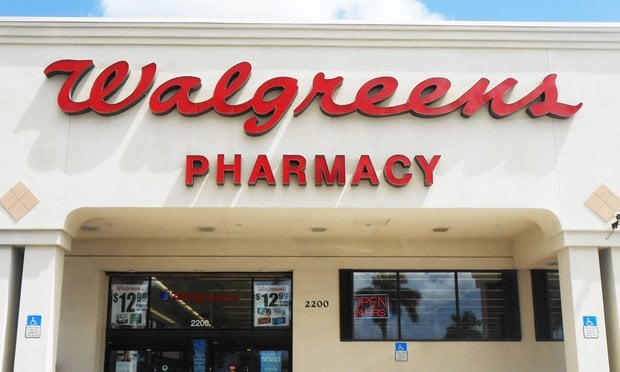While accountable care organizations are finding ways to optimize the use of medications to improve patient experience and lower costs, more can be done, according to the study, “Optimization of Medication Use at Accountable Care Organizations,” by researchers at Leavitt Partners and the National Pharmaceutical Council, published this month in the Journal of Managed Care & Specialty Pharmacy.
According to an analysis of self-assessments by 49 ACOs as well as follow-up interviews, the study’s researchers find more ACOs are now involving pharmacists directly in care, expanding the use of generics, electronically transmitting prescriptions, identifying gaps in care and potential adverse events, and educating patients on therapeutic alternatives.
However, more ACO-level policies that facilitate practices to optimize medication use are needed, according to the study.
“Integrating pharmacists into care, giving both pharmacists and physicians access to clinical data, obtaining physician buy-in, and measuring the impact of practices to optimize medication use may improve these practices,” the authors write.
Several ACOs which participated in the study are beginning to track cost offsets due to medication optimization, though more comprehensive strategies are hindered by the lack of reimbursement for pharmacists’ services, poor technology interoperability, and the difficulty of isolating and evaluating the cost savings associated with better medication use practices.
Some ACOs have found creative ways to address these obstacles, according to the study. For example, in one system, all of the ACO’s providers contributed to the investment in pharmacists so that no one entity had to bear the full cost burden. Other ACOs, instead of waiting for data from payers, are implementing pilot projects that involve practices to optimize medication use and are gathering data on cost savings and/or improved outcomes.
As health care reimbursement continues to shift to value-based contracting, the optimization of medication use will be integral to achieving what the Institute for Healthcare Improvement has coined the “Triple Aim” -- the health care industry’s goal to improve the individual experience of care and the health of the population, while at the same time reducing per capita costs for care.
“Policies that remove barriers to or incentivize integration of practices to optimize medication use practices -- and integrate pharmacists into care delivery -- are likely to improve medication use in ACOs, which should enhance achievement of the Triple Aim,’” the study’s authors write.
© 2025 ALM Global, LLC, All Rights Reserved. Request academic re-use from www.copyright.com. All other uses, submit a request to [email protected]. For more information visit Asset & Logo Licensing.








